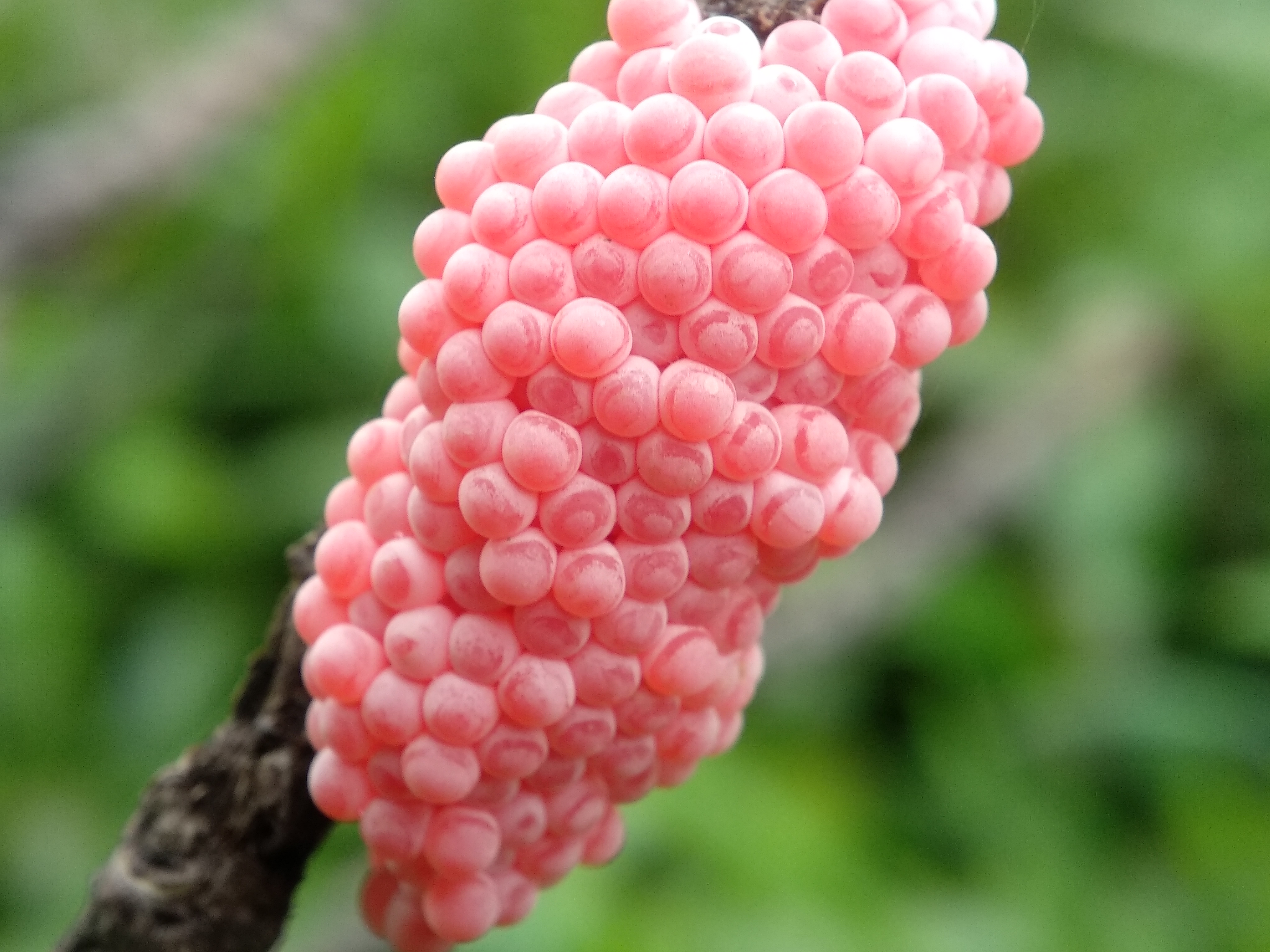
Hello dear hive friends 😊 how are you all? I hope you are always healthy, on this occasion I would like to share some of my photography results about the egg of the rice field snail.
For those of you who live close to the rice fields, you may have often seen rice snails and their eggs.
Keyong rice fields are one of the aquatic animals that like plants such as grass and rice or other plants. The rice field snail also has a unique nature when laying eggs, this animal is unique in that he does not lay eggs in water even though he lives in water, he lays eggs in places where there is no water, for example, on rice plants and other dipoko that cannot be submerged in water, because if submerged in water the eggs will die.
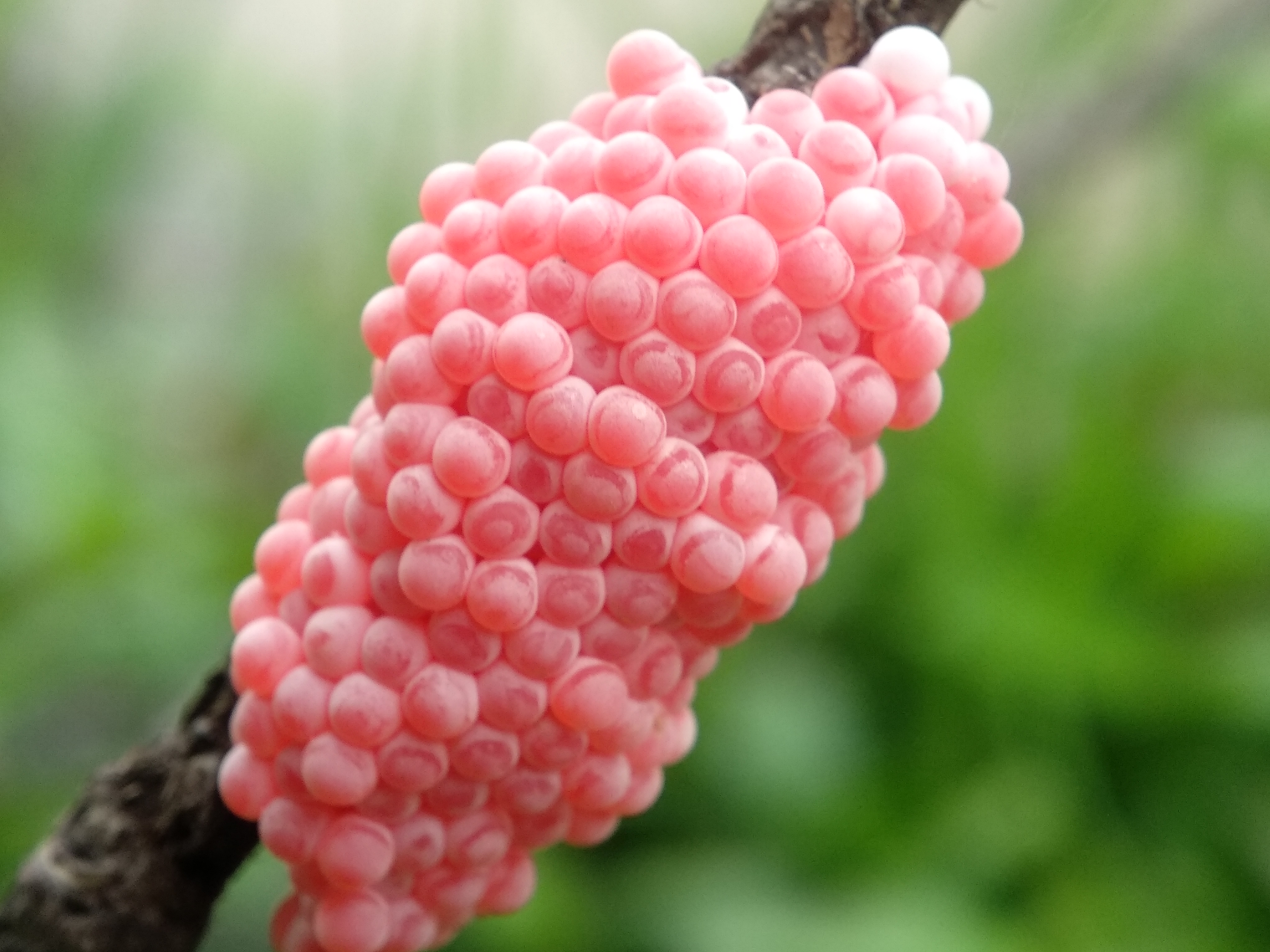
Snail laying season knows no season. Eggs in the form of granules with a pink color will hatch within a month.
In one life cycle takes between 2 - 2.5 months. Rice snails can reach the age of approximately 3 years. This is a long time for a type of rice plant pest.
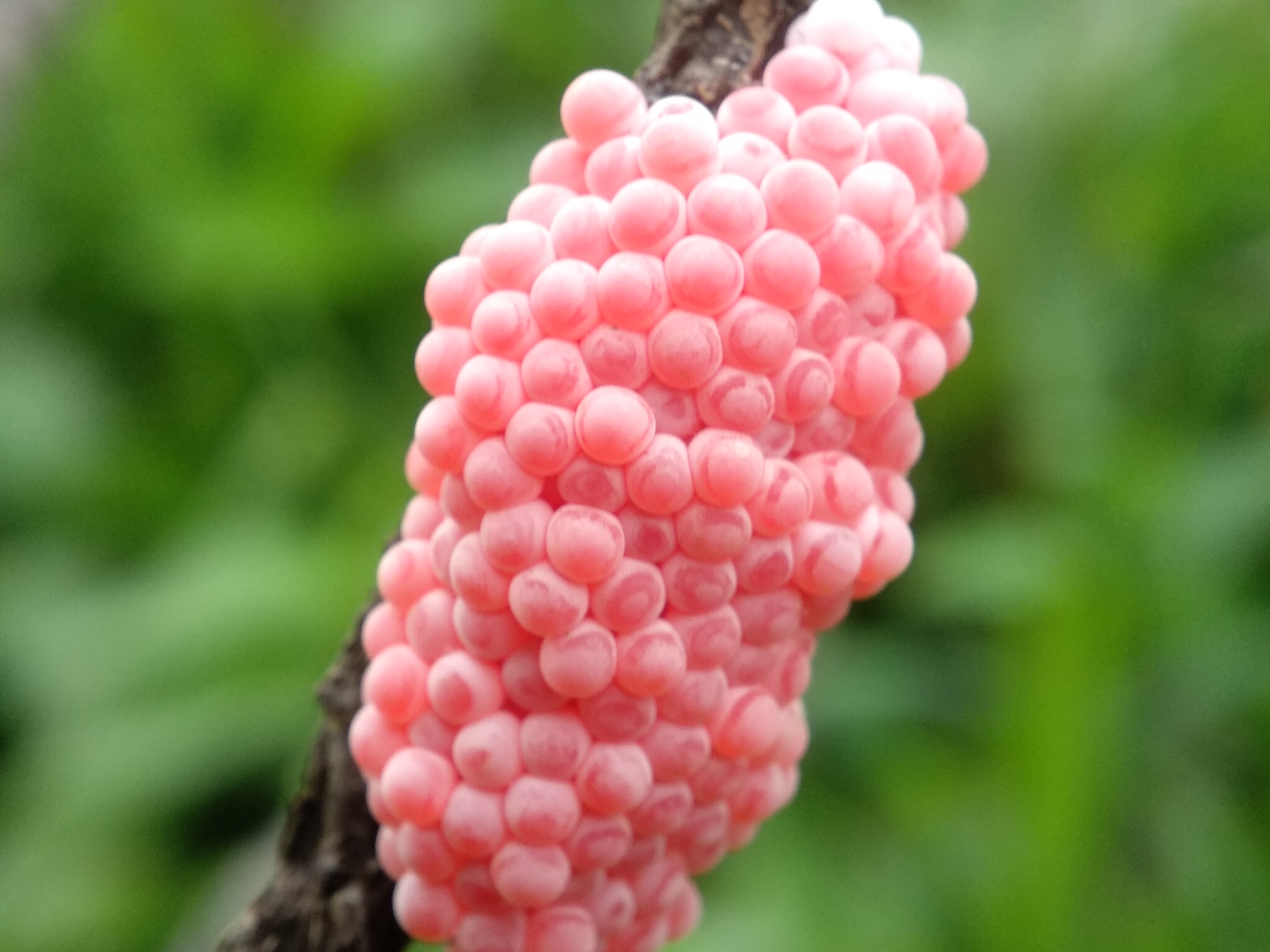
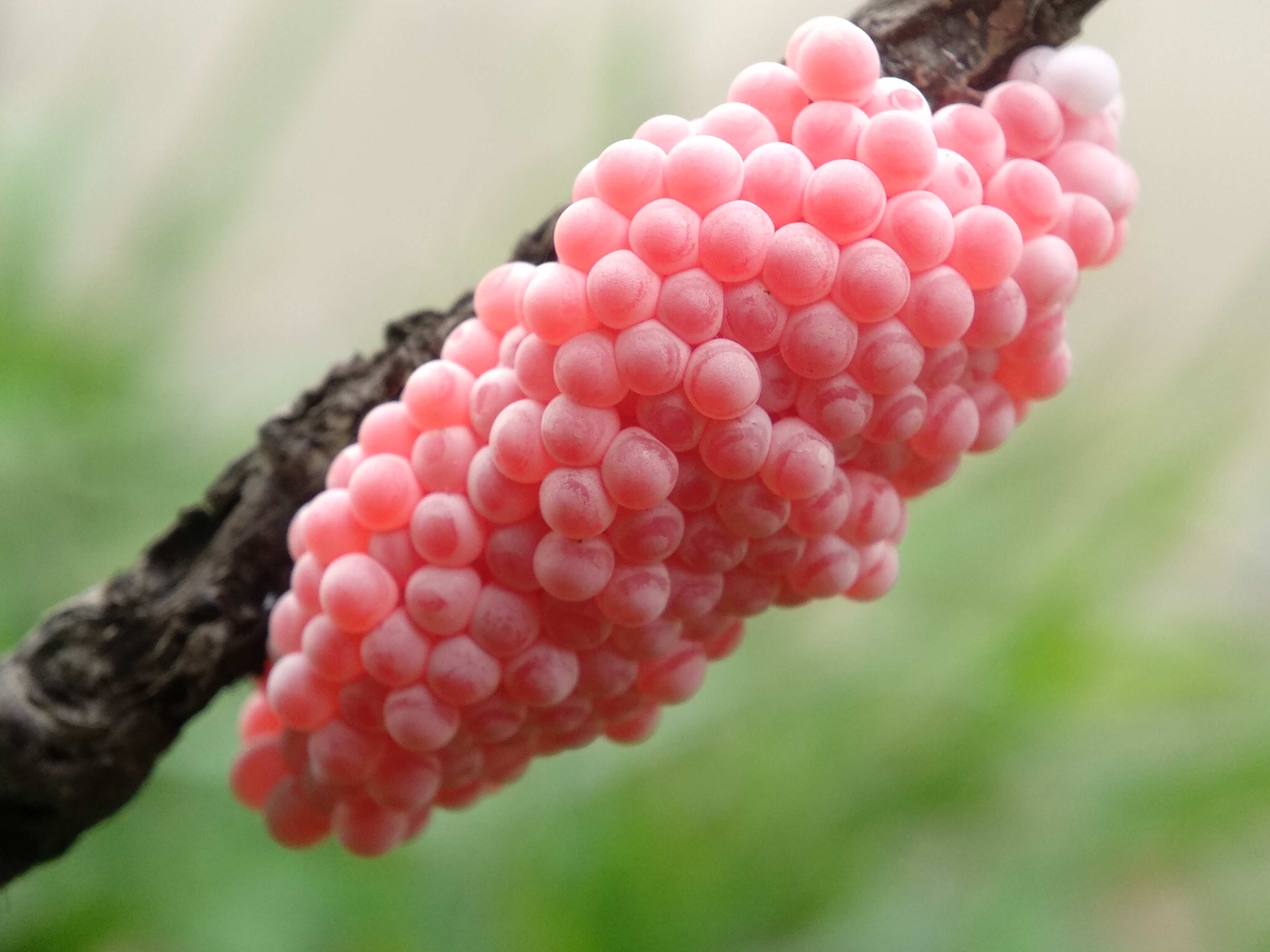
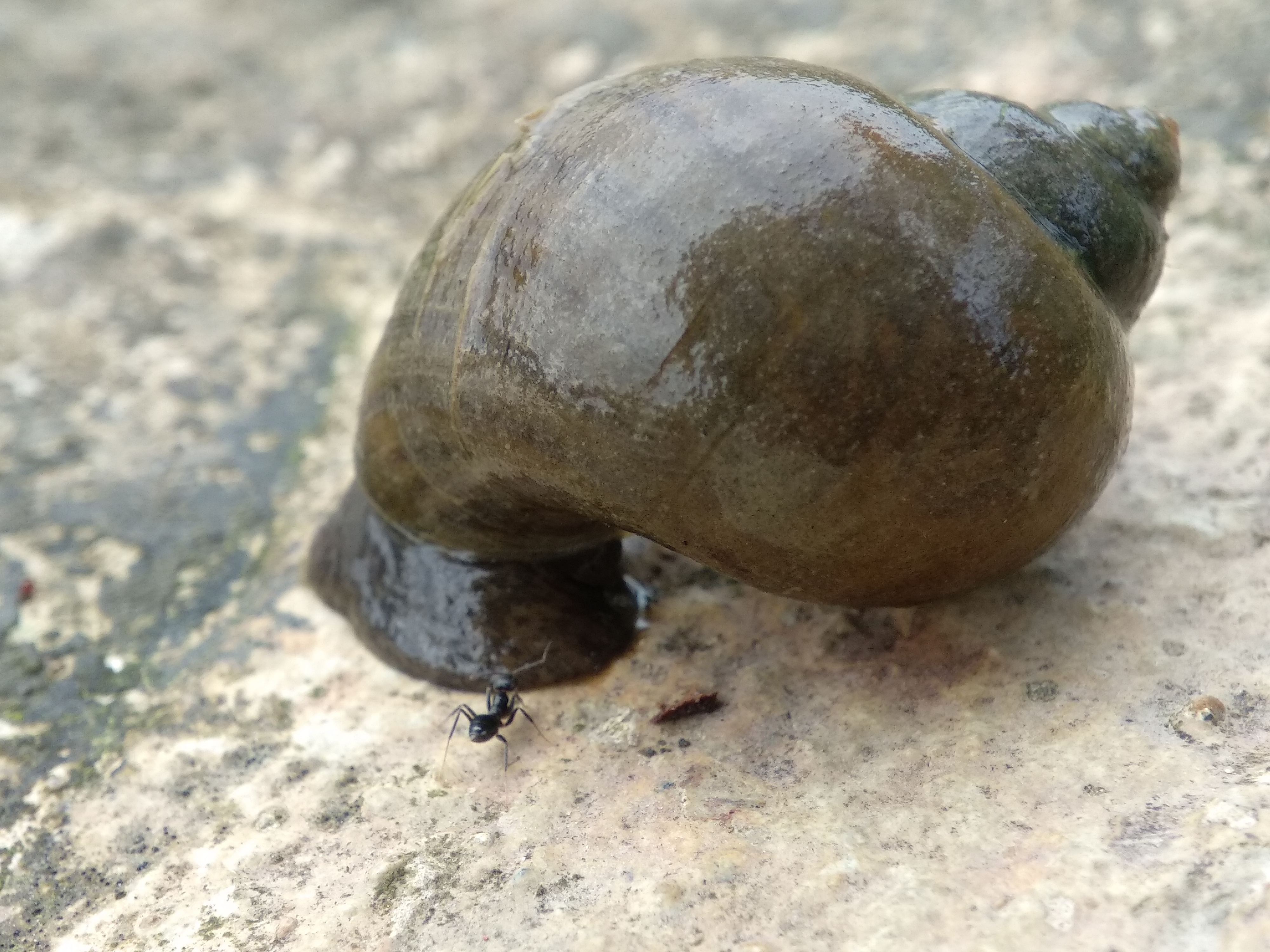
Rice snail (Pila ampullacea) is a type of water snail that can be found in freshwater tropical Asia, such as in rice fields, streams, ditches, and lakes. This shelled animal is also known as the gondang conch, rice snail, water snail, or tutut. The shape of the rice snail is somewhat similar to the golden snail, it is still related, but the rice snail has a dark green to black shell color.

This rice field snail can have a shell height of up to 85-100 mm with a diameter of 85-90 mm; shaped like a rounded cone with a green-brown or yellow-green color. The apex of the shell is slightly pointed, the edges of the shell are obtuse in the young, the number of grooves is 6-7, slightly convex, the final groove is large.
The mouth is rounded, the edges are continuous, not wide, generally black. Operculum slightly oval, thin, slightly concave, blackish brown. Like other members of the Ampullariidae, it has an operculum, a kind of cover/protective body that is soft when hiding itself in its shell.
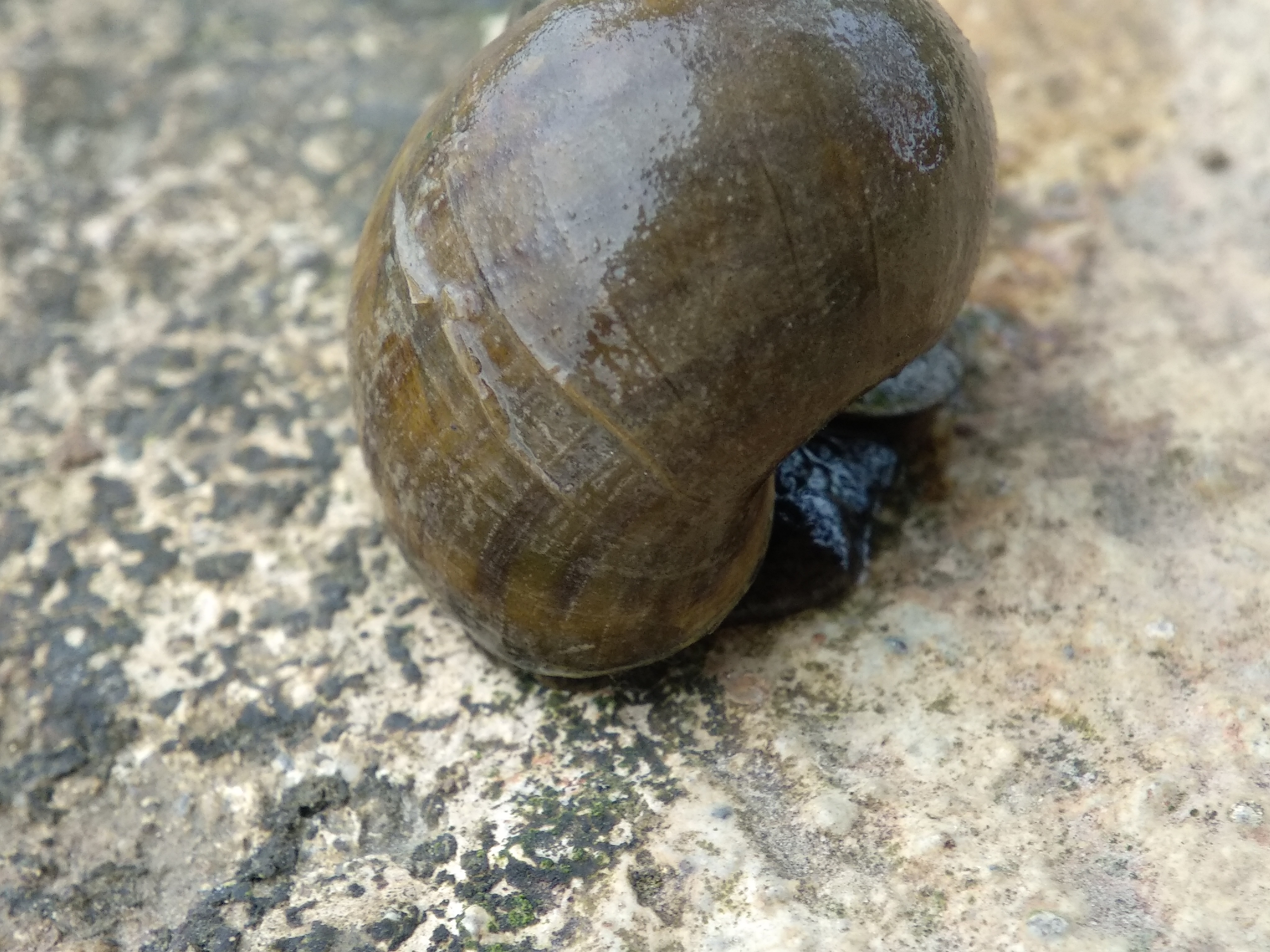
The process of taking this photo is very simple using a smartphone and I use a tool with a macro lens.
I use a macro lens because the object I take has a small size, so if I use a regular smartphone, the results are blurry and unsatisfactory.
That's why I use a macro lens so that the picture is good and can focus on the small object that we are photography.
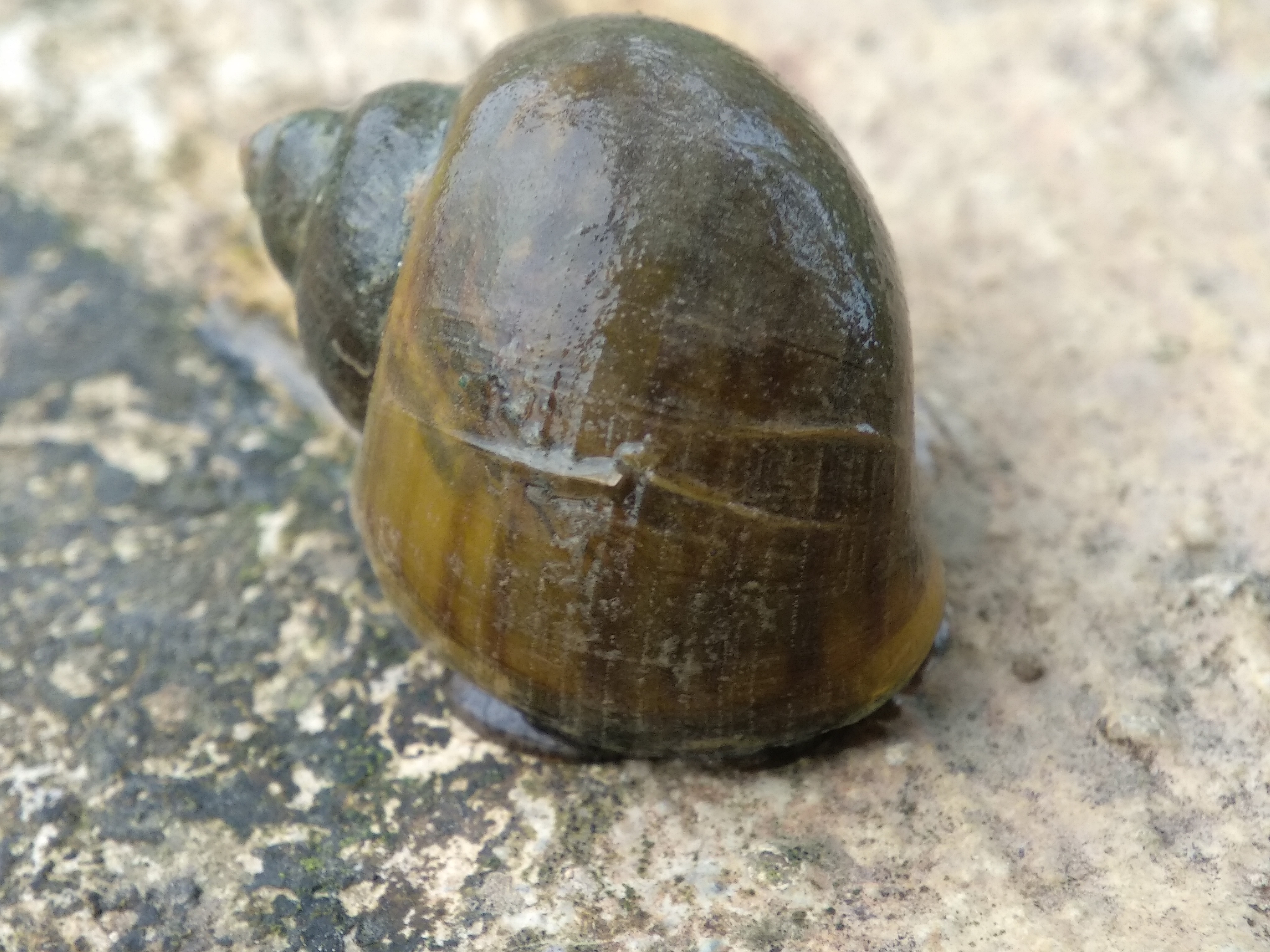
Congratulations @mikongga! You have completed the following achievement on the Hive blockchain and have been rewarded with new badge(s):
Your next target is to reach 100 posts.
You can view your badges on your board and compare yourself to others in the Ranking
If you no longer want to receive notifications, reply to this comment with the word
STOPTo support your work, I also upvoted your post!
Support the HiveBuzz project. Vote for our proposal!
Source of plagiarism
Direct translation without giving credit to the original author is Plagiarism. Repeated plagiarism is considered fraud. Fraud is discouraged by the community and may result in the account being Blacklisted.
Guide: Why and How People Abuse and Plagiarise
Please note that direct translations including attribution or source with no original content are considered spam.
If you believe this comment is in error, please contact us in #appeals in Discord.